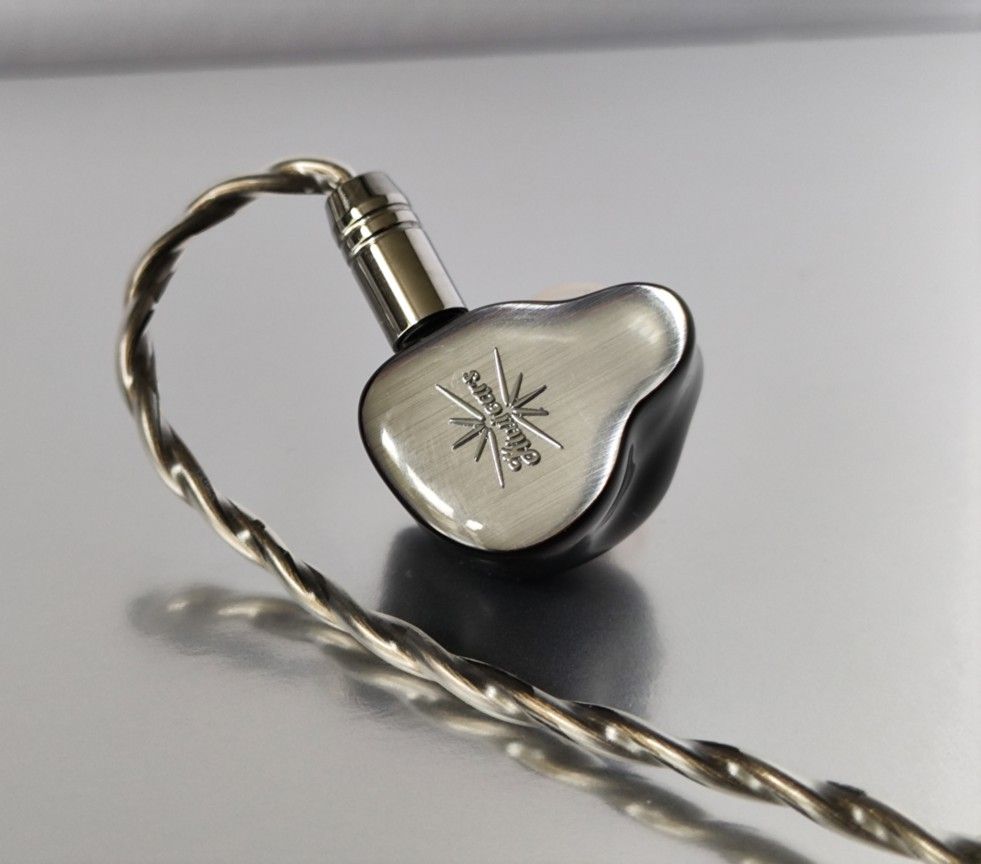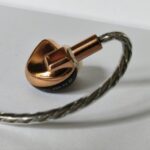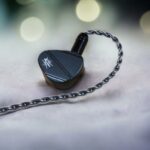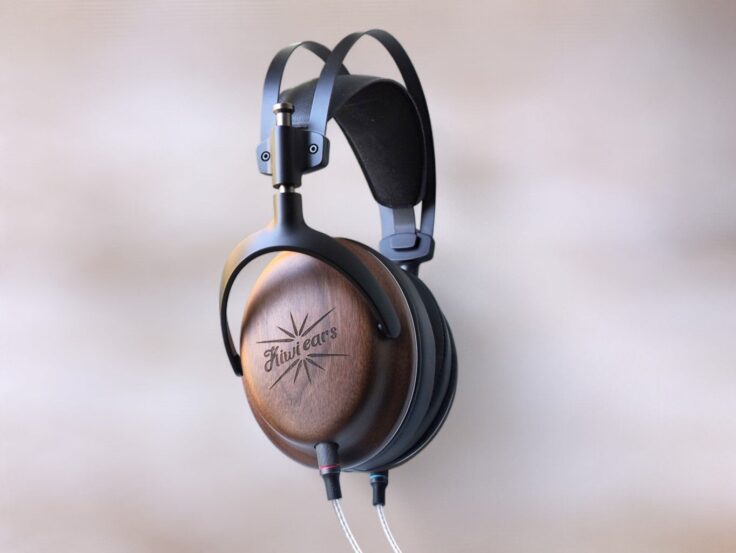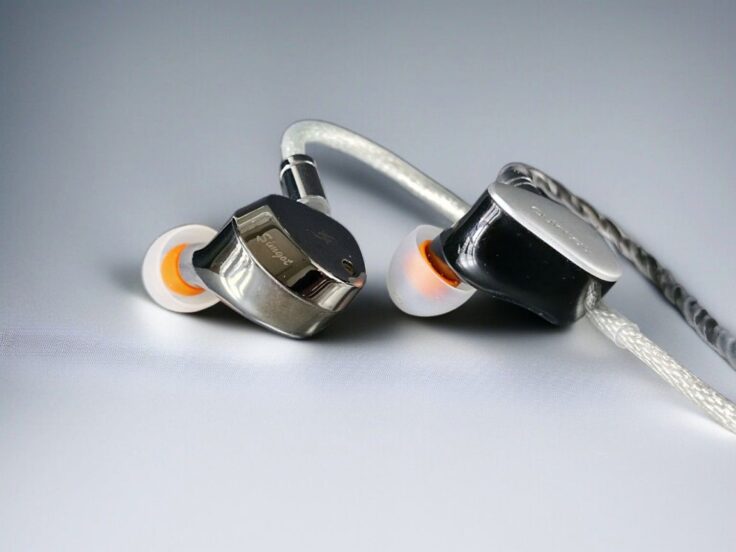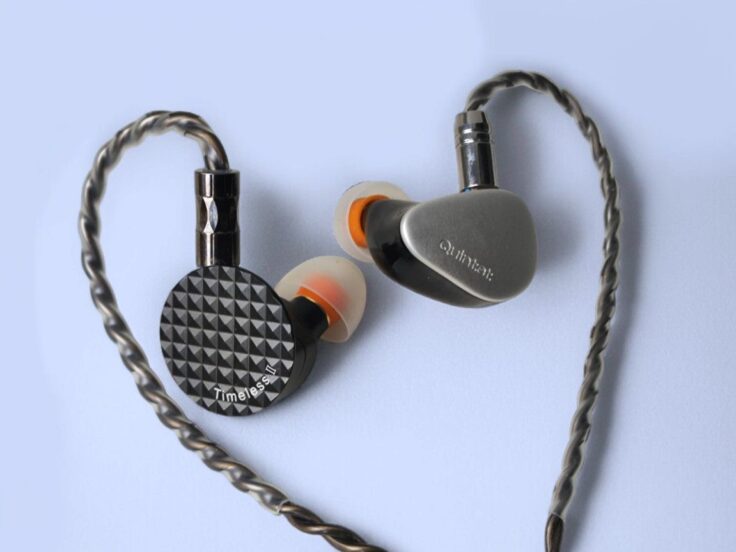Kiwi Ears has only been around for a few years but has made a name for themselves by delivering well-tuned and technically able IEMs at competitive prices.
Especially the Quintet, Orchestra Lite, and the budget-friendly Cadenza have gained significant popularity, and I’ve personally reviewed each of them.
Experimenting with multi-driver hybrid IEMs is nothing new to Kiwi Ears, and with the KE4 they try out a new setup. It features a dual 10mm dynamic driver isobaric subwoofer system, combined with two balanced armature drivers. What’s special about it is that both the midrange and lower treble are taken care of by a custom RAB 32257 driver. In other words, the crossover point is significantly higher than usual, and only the highest treble is handled by the remaining balanced armature driver, a Knowles RAD 33518.
MAIN TAKEAWAY
- Lush, full-bodied sound with great mids
- Smooth yet detailed
- Slightly intimate soundstage with excellent imaging
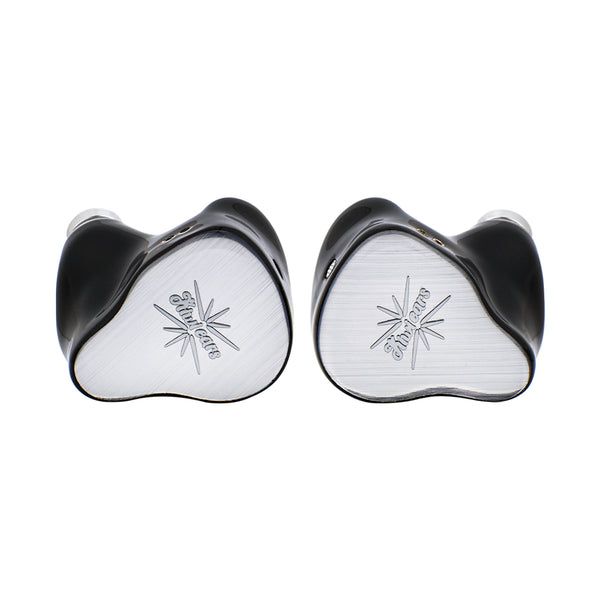
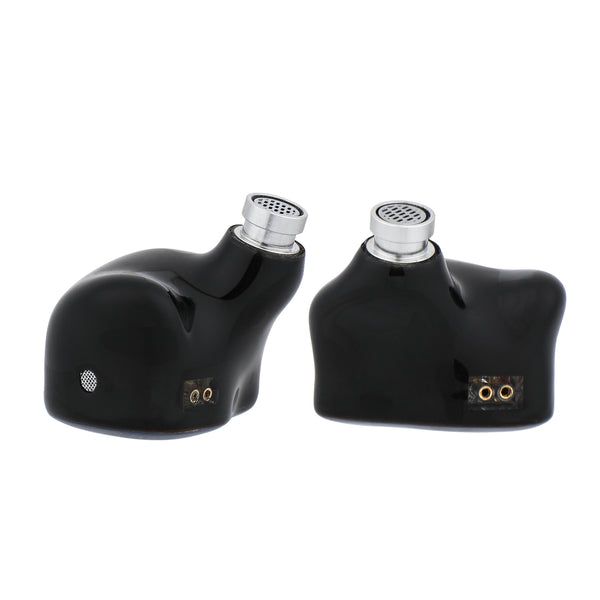
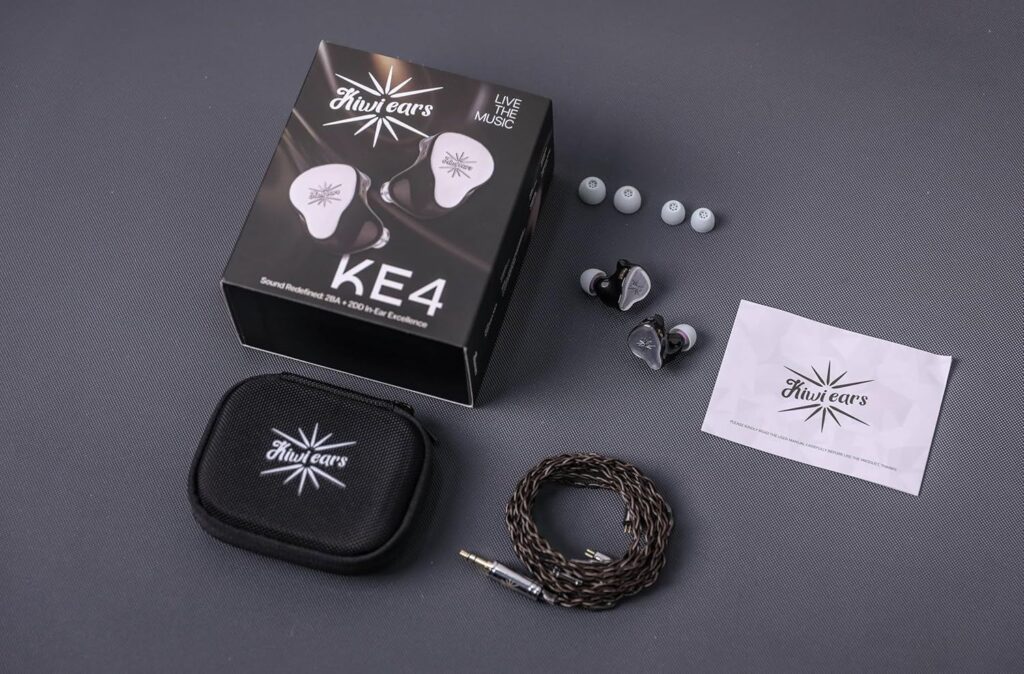
KIWI EARS KE4 SPECIFICATIONS
- Drivers configuration: 2DD + 2BA
- Sensitivity: 102 dB (±1dB)
- Impedance: 28 ohm
- Bass: dual dynamic driver.
- Midrange and lower treble: customized RAB-32257 balanced armature driver
- Upper treble: Knowles RAD-33518 balanced armature driver
- Crossover: 3-Way crossover network
- Sound Tubes: 3 independent sound tubes
- Cable 1.2 mm
- IEM connector: 0.78mm 2-pin
- Cable termination: 3.5 mm TRS jack
- Housing: 3D printed semi-custom resin
- Nozzle Diameter: 6mm
- Carrying case and basic silicon tips included
Check the current price here:
- Linsoul: Kiwi Ears KE4
- Amazon: Kiwi Ears KE4
Disclaimer: The review unit was generously provided by Linsoul for an honest and unbiased evaluation. Affiliate links are used to help support our work, but commissions are earned regardless of which product is purchased through those links.
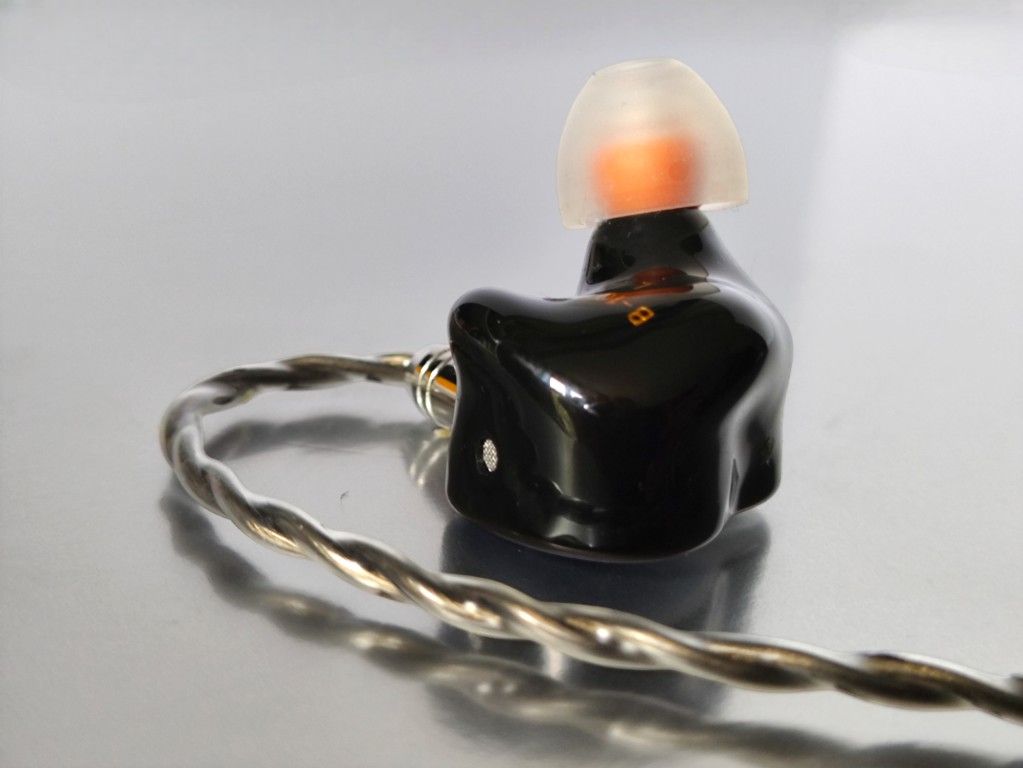
Image Copyright: The Headphoneer
BUILD AND COMFORT
The KE4 housing is made of 3D printed resin and shaped in a semi-custom design. It fits my ear surprisingly well and is extraordinary comfortable, even though they are not the smallest I have encountered. I think they look great too. The cable is pretty basic, and so are the supplied silicone tips. As usual, I end up using my own preferred tips, in this case the SpinFit CP145. When reviewing, I prioritize getting the best possible fit rather than using whatever comes in the package, but tries to make sure the bore size is similar as it affects the sound.
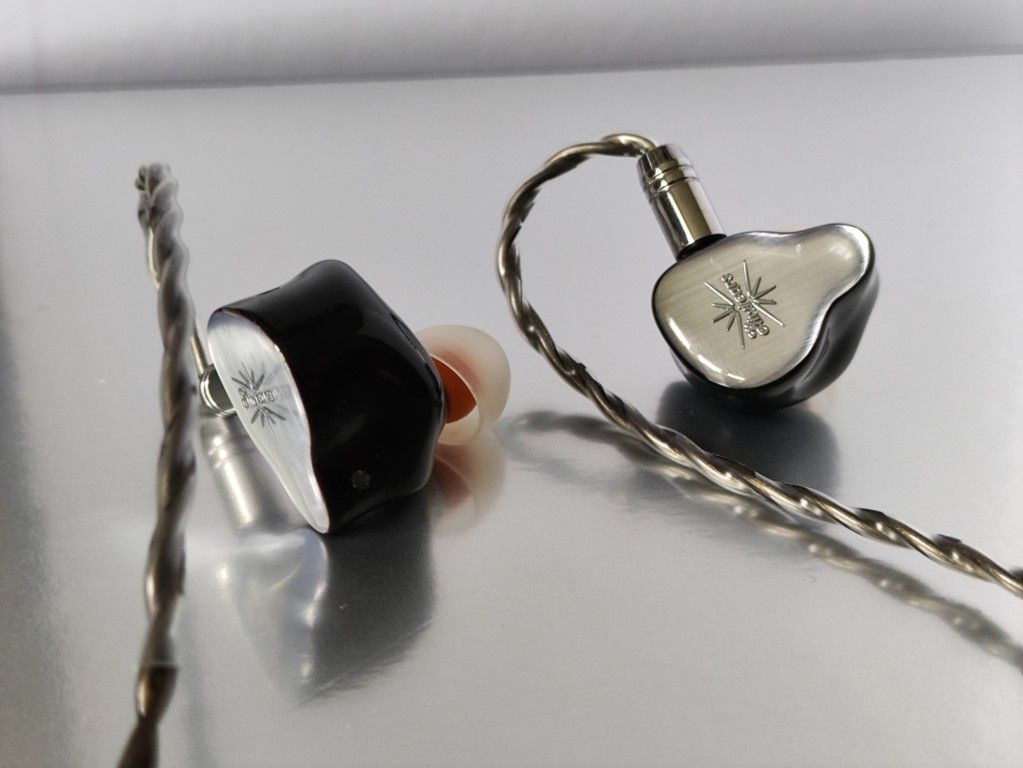
Image Copyright: The Headphoneer
LISTENING IMPRESSIONS
Associated equipment: I used the Topping A90 as an amplifier and the RME ADI-2 DAC FS as a source. The KE4 had the Spinfit CP145 tips mounted.
Here is my track-by-track comparison:
Martinu: I.Poco Allegro from Intimate Letters by The Emerson String Quartet
I’ve listened to this string quartet piece countless times, and I always focus on two things. First, the tonality and texture of each string. Second, whether the subtle, intricate details come through, especially resonance from the instruments when they’re not being played.
The KE4 has a warm yet textured delivery. I enjoy the tonality a lot. It is not the most airy presentation, but the ambient detail comes through nicely.
Vivaldi Summer III by The Norwegian Chamber Orchestra
The KE4 delivers a warmly lush presentation of this classical piece, with the strings offering a rich tonality. There’s plenty of fine detail, but it’s conveyed in a smooth and refined way.
Sue by David Bowie
The bass is deep, full, and nicely defined. Bowie’s vocals are clear and well separated. There is plenty of detail, and the presentation is very coherent.
Mississippi Rising by Floratone
Again, the bass is well defined and also very present in the mix. There is a nice level of detail, and the general tonality is very pleasing and natural sounding.
Summer by Mogwai
This beautifully melodic, scenic rock track is delivered by the KE4 with a cohesive, rich sound. The wide soundstage and precise capture of fine details ensure that even the noisier sections remain engaging without causing listener fatigue.
Limit to Your Love by James Blake
The bass is powerful yet exceptionally clean, like having a double subwoofer in your ear. Still, it’s not overpowering the mix. Blake’s vocals come through with clarity, while the piano remains gentle and soft. The soundstage is fairly large, and although the imaging is adequate, it’s not the most precise I’ve heard. Still, the overall presentation is very coherent.
Scratch Bass by Lamb
Another bass-heavy track. The double subwoofer reveals itself again. It delivers very well defined lower bass, without bloom or boominess. There are nice details all across the board, but the presentation is more focused on coherency and smoothness rather than crisp articulation. I really like it.
Lovers on the Sun by David Guetta
This EDM-western crossover often sounds terrible, it’s bright and harsh sounding on many earphones. However, the KE4 manages to make it tolerable. The bass is punchy, the vocals actually sound quite good, not harsh and edgy, and the samples are not piercing.
Daddy Lessons by Beyonce
The trumpets have a nicely rounded sound, avoiding any overly crisp or sharp edges. The bass is warm and strong, yet well-defined. The vocals are smooth, though they may come across as slightly polite. There’s nice depth in the imaging and background detail, but the soundstage isn’t the widest.
Buster Rides Again by Medeski, Martin and Wood
This track has a very spacious sound, and the KE4 captures it beautifully. It features a wealth of ambient detail, presented in a smooth and delicate manner.
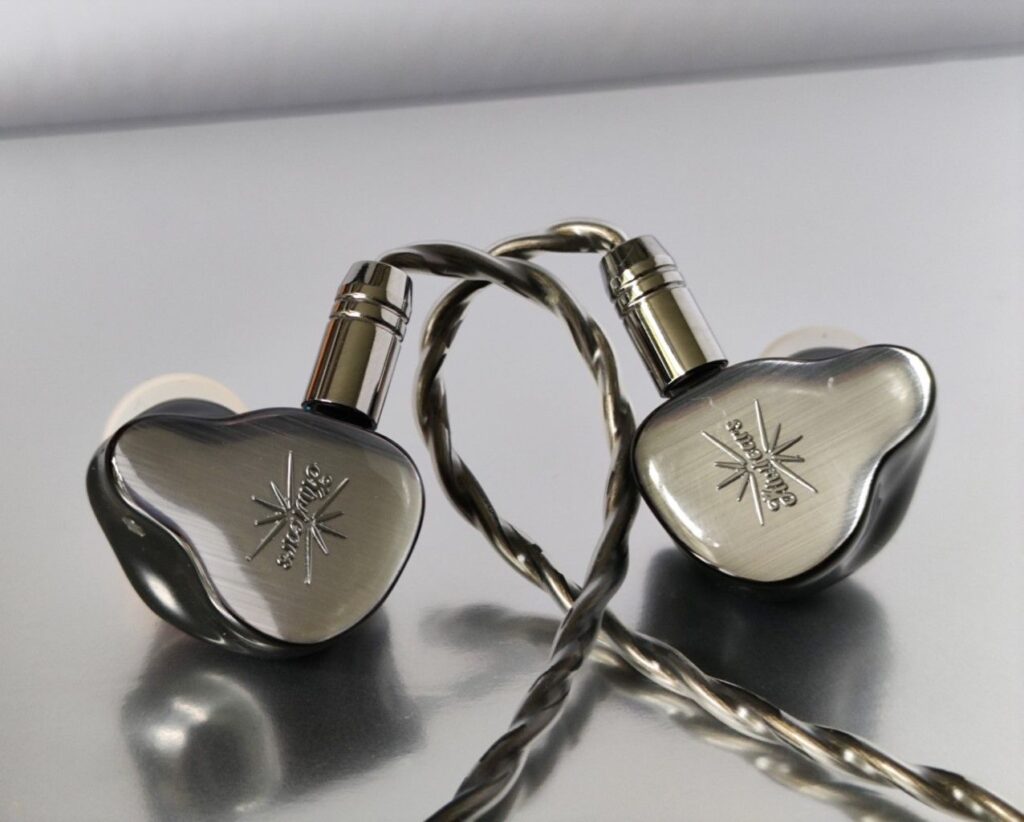
Image Copyright: The Headphoneer
WRAPPING IT UP
Sound Signature
The KE4 is a rather warm and lush-sounding IEM with a powerful bass.
Treble
The treble doesn’t feel recessed, even if the KE4 is a bit dark. The detail and articulation are very good, in a liquid way.
Midrange
The midrange is rather thick and lush but feels very nuanced and well articulated.
Bass
The bass is strong and full-bodied. It’s on the thicker and fuller side of neutral, but in a very satisfying way.
Soundstage and Imaging
The soundstage is not the tallest and widest, but it is quite deep. Instrument separation and imaging is good.
Detail, Dynamics, and Timbre
I find the level of detail to be good and especially appreciate the way it is rendered. It has a smooth, liquid quality that is rather rare. The dynamics are excellent, both in terms of microdynamics (the articulation of detail and subtle nuances) and macrodynamics. The timbre leans towards the warmer side and feels natural and organic.
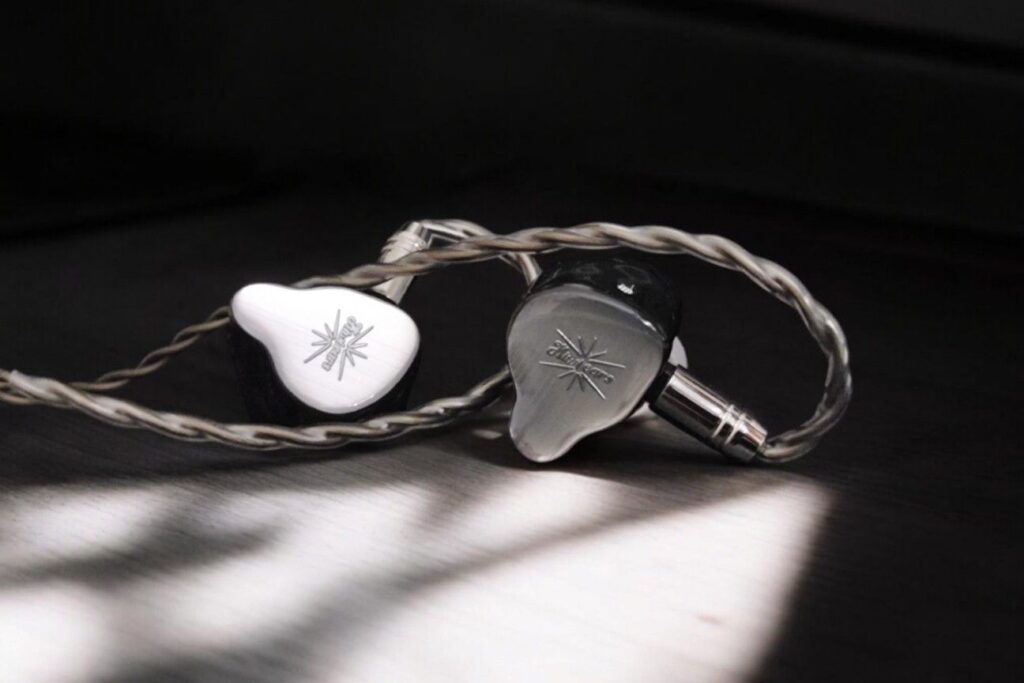
Image Copyright: The Headphoneer
COMPARISONS
All comparisons were made using the Topping A90 amplifier and the RME ADI-2 DAC FS as a source.
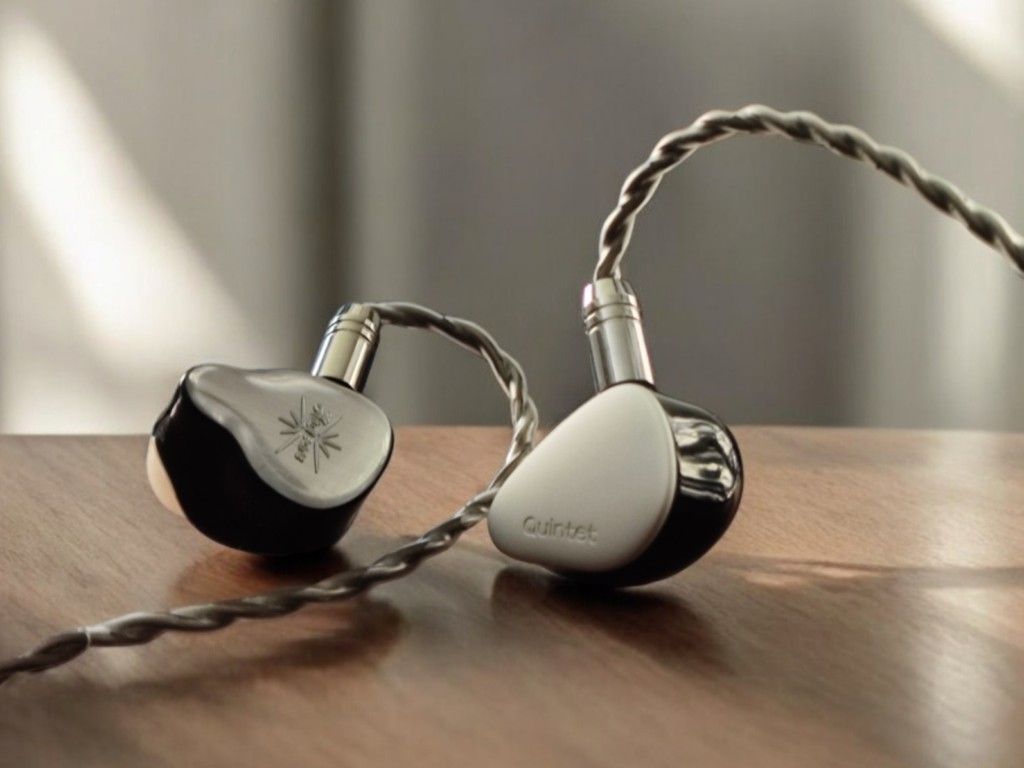
Image Copyright: The Headphoneer
KIWI EARS QUINTET vs. KE4
The Kiwi Ears Quintet is also a multi-driver hybrid IEM. However, where the KE4 runs with a double dynamic driver and two balanced armatures, the Quintet combines a single dynamic driver with a planar magnetic driver, two balanced armatures, and even a piezoelectric bone conductor. The build and look of the Quintet are very similar to the KE4, and the cable is identical. My review of the Quintet can be found here.
The Quintet is quite neutrally tuned, with slightly less bass and a brighter tonality than the darker and fuller KE4.
The Quintet’s treble is crisper and drier, and the KE4 is smoother. The Quintet also has a brighter midrange with more energy in the upper mids, contrasting the darker KE4. Both have great bass quality and relatively similar quantity, but the KE4 is thicker, while the Quintet sounds more neutral.
The Quintet’s brighter sound gives it a larger soundstage, though the KE4 offers better depth. Detail levels are similar, with the Quintet delivering detail in a crisper way, the KE4 in a smoother way. In terms of timbre, the Quintet might be found to sound slightly dry and crisp, while the KE4 is somewhat thicker, fuller, and more organic.
The Quintet has become a reference in its price range, and the KE4 is not inferior. They’re different flavors, and although not hugely different, they’re catering to different preferences.
- Linsoul: Kiwi Quintet
- Amazon: Kiwi Quintet
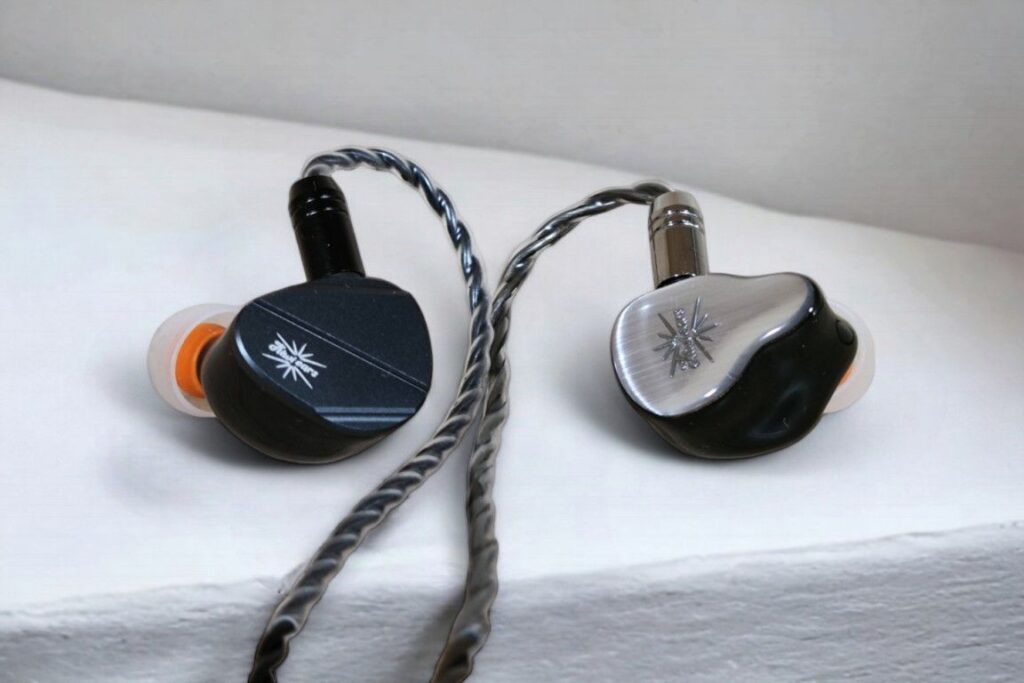
Image Copyright: The Headphoneer
KIWI EARS CANTA vs. KE4
Like the KE4, the $89 Canta is a new IEM from Kiwi Ears. It features one dynamic driver for the bass and two planar magnetic drivers for the midrange and treble.
The KE4 and Canta share a darker sound profile with an emphasis on bass and midrange. However, the KE4 has a smoother, thicker, and fuller sound, especially in the mids. The Canta’s sound is crisper and drier in comparison.
Both have excellent bass quality, with deep, controlled bass that doesn’t overpower the mids or highs.
Where the KE4 provides an intimate soundstage with solid depth but limited width and height, the Canta offers a wider and taller, but not as deep, soundstage.
Detail retrieval is good with both. The KE4 has a very smooth and refined presentation, while the Canta provides sharper detail. Both excel in dynamics. Regarding timbre, the KE4 sounds warmer, lusher, and more fluid, while the Canta retains a crisp but still somewhat lush tone.
The Canta is good, and for some it might be preferable to the significantly more expensive KE4. However, I personally enjoy the KE4 more, especially because of the extra sense of refinement.
- Amazon: Kiwi Ears Canta
- Linsoul: Kiwi Ears Canta
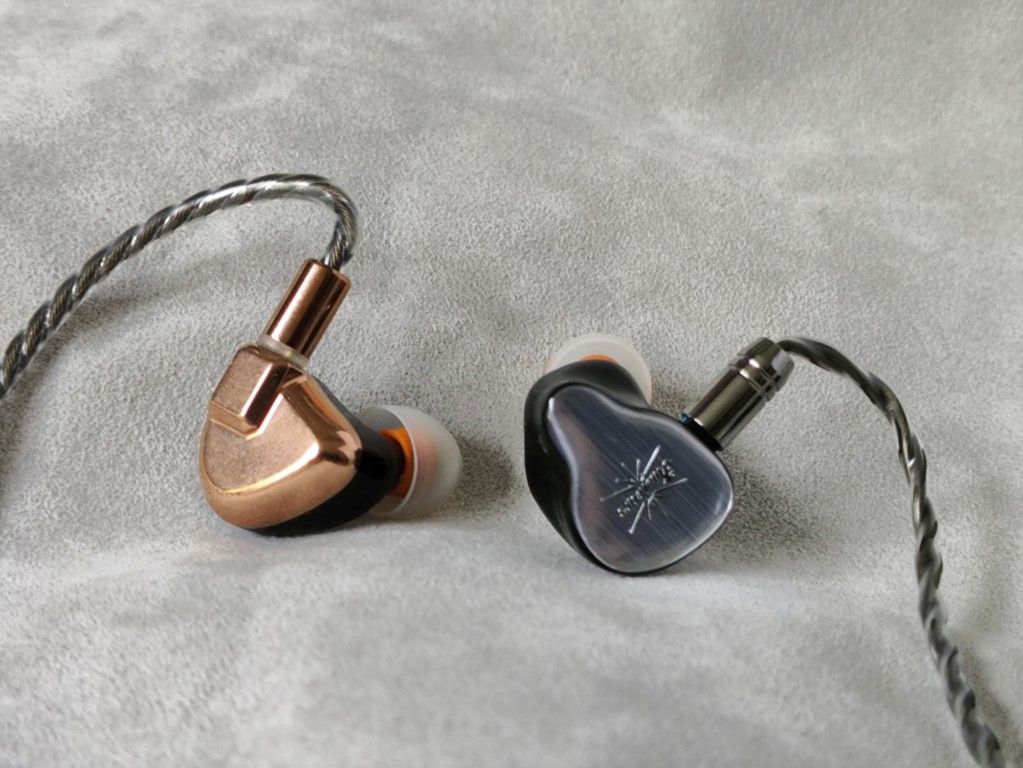
Image Copyright: The Headphoneer
LETSHUOER S12 2024 LE vs. KE4
The $199 Letshuoer S12 2024 is a limited edition version of the S12 PRO. The driver is the same, but it is tuned to sound warmer. However, in comparison, the KE4 offers an even warmer, thicker sound with more bass presence. The S12 2024 delivers a very neutral, even sound where nothing particularly stands out. Both IEMs have good treble without being prone to sibilance or excessive brightness, though the S12 2024 often sounds slightly brighter.
In the mids,, the S12 2024 is neutral and textured without added warmth, while the KE4 has a more upfront, warmer, and lusher midrange with greater dynamics. Bass-wise, the KE4 generally is fuller and thicker. Both provide excellent bass quality, but the S12 2024 has a tighter, more controlled bass.
The KE4 offers better imaging in terms of separation and depth, while the S12 2024 sounds more open, with a wider and taller stage but less depth. Both retrieve detail well, though they present it differently: the S12 2024 focuses on texture, whereas the KE4 has a more fluid presentation.
The KE4 is more expressive in both micro and macrodynamics, while the S12 2024 sounds slightly less lively in comparison. Timbre is more neutral on the S12 2024, with less warmth and lushness than the KE4, especially in the midrange and bass.
Again, these are two earphones with different flavors. It’s worth noting that the S12 is significantly more power hungry.
- Amazon: Letshuoer S12 2024
- Linsoul: Letshuoer S12 2024
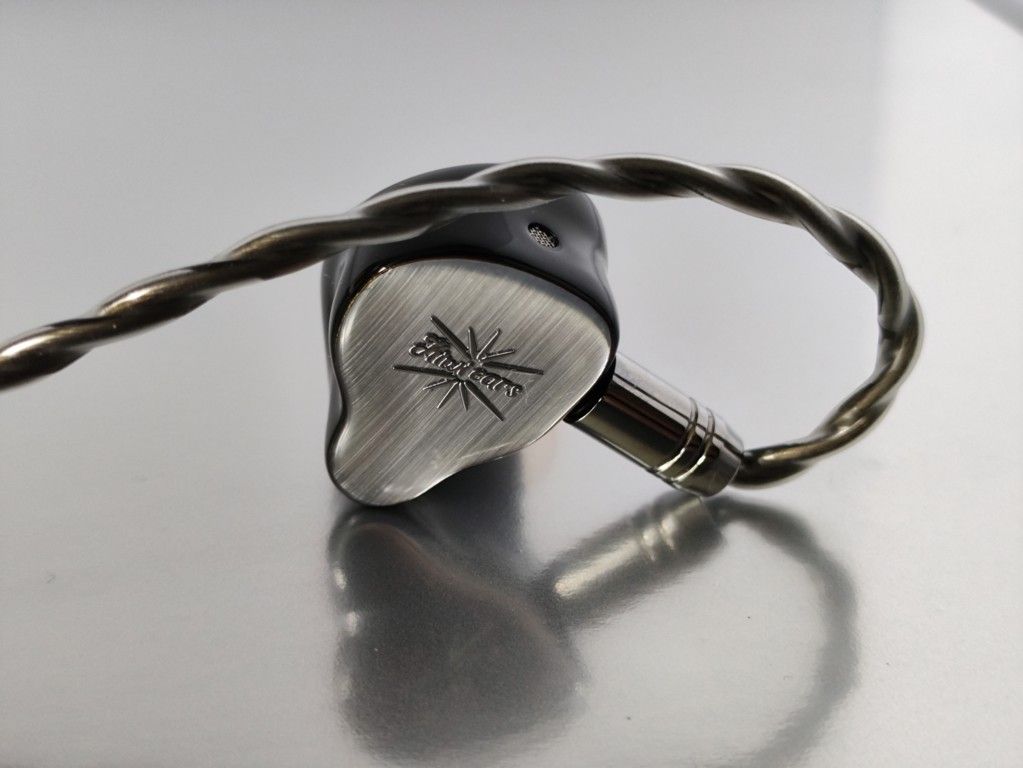
Image Copyright: The Headphoneer
AMPLIFICATION
All listening tests so far have been conducted using my desktop setup. However, most users will likely pair the Kiwi Ears KE4 with portable amps and sources.
With Quboz on my POCO F5 phone’s headphone output, it already sounds very good. I could easily be happy with this setup for a vacation. It stays in the 40–60% volume range.
The tiny Jade/FiiO JA11 sounds even better. FiiO’s KA3 sounds good but is close to max volume, even if I’ve set it in high impedance and high gain using the FiiO app. Both the Letshuoer DT03 and the xDuoo Link2 Bal work well.
However, my favourite dongle might be the THX Onyx, or the Dragonfly Cobalt which just comes off as a bit cleaner than the rest. The Onyx is a bit warmer sounding, the Cobalt is very neutral.
In conclusion, the KE4 generally seems very easy to drive and it’s not picky on the amplifier matching.
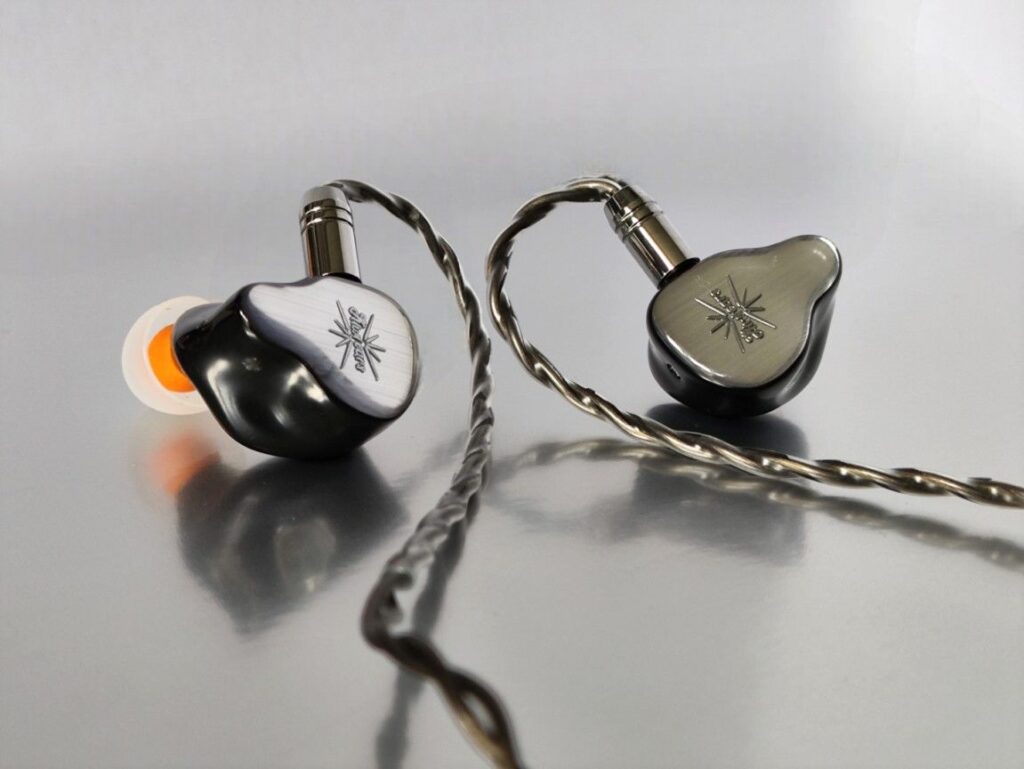
Image Copyright: The Headphoneer
CONCLUSION
The KE4 is a delightful IEM with a warm-leaning, lush sound profile. It features powerful bass, a wonderfully full-bodied yet nuanced midrange, and a delicate, non-intrusive treble. If this sounds like an appealing package, the Kiwi Ears KE4 comes highly recommended.
.
Thanks for reading. You can support us by purchasing anything from any of our affiliate links.
- Linsoul: Kiwi Ears KE4
- Amazon: Kiwi Ears KE4
Any purchase you make on Amazon or Linsoul with any of our affiliate links will give us a small provision at no cost to you.
We only get a provision for items that are not returned, so there’s no incentive for us to recommend something that’s not good.
Linsoul : Headphones, Earbuds, Wireless Earbuds, Desktop DAC/AMP, Portable DAC/AMP, Digital Audio Players,
Amazon: Headphones, IEMs, Headphone Amplifiers, Home Audio or Anything else.
.
If you enjoyed this article or other content on The Headphoneer, you might consider leaving a small donation to keep this website up and running. No donation is too small. Thanks for supporting us!
If you like our work please follow us on Instagram, Facebook and Twitter , it will help us grow. Sharing is caring 🙂


